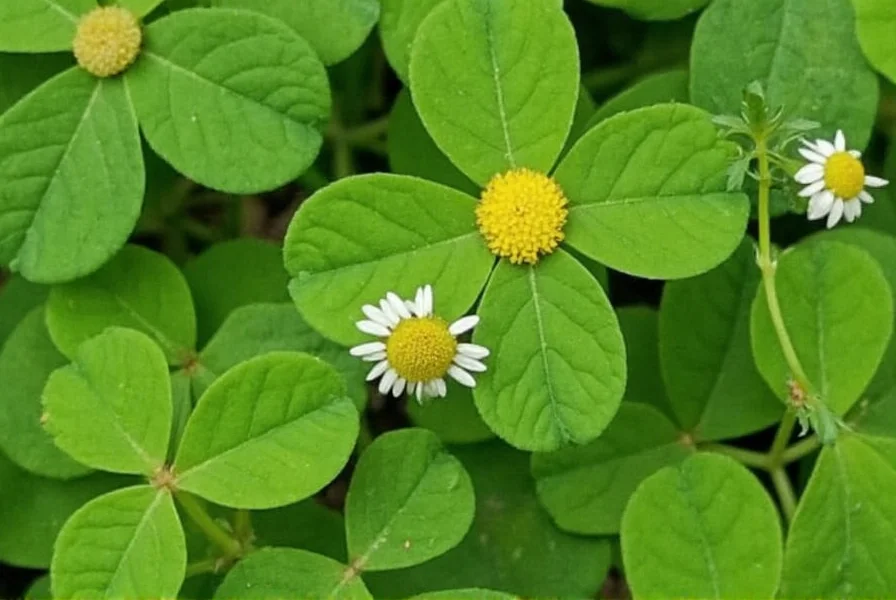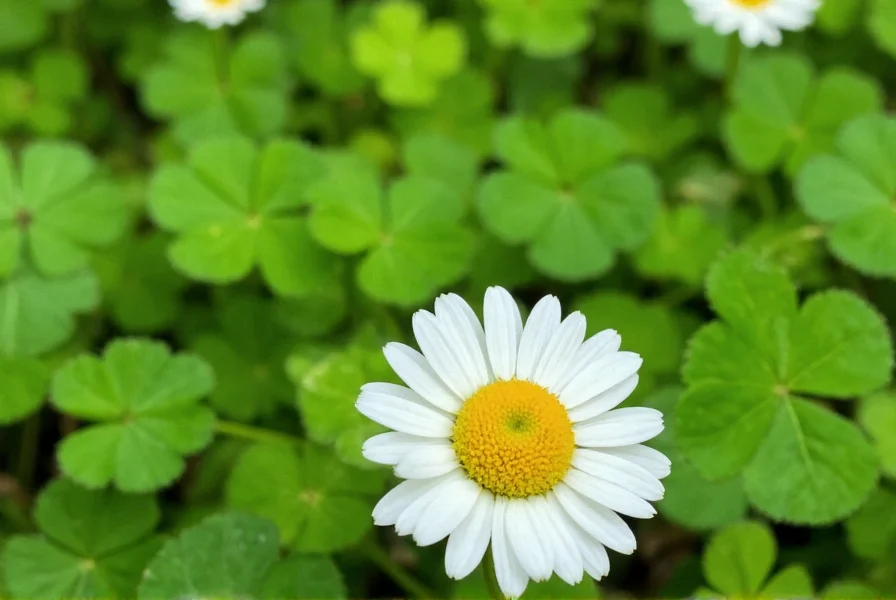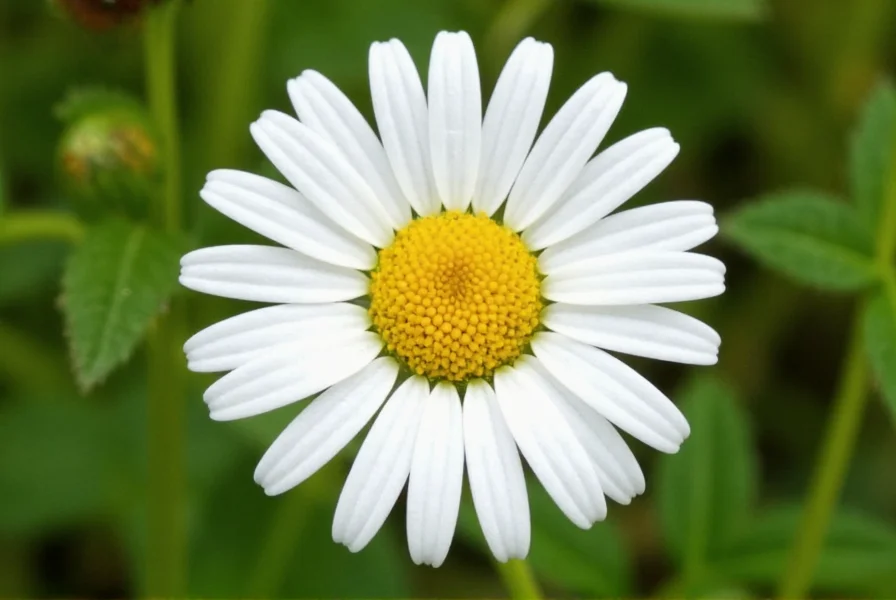Many gardeners and nature enthusiasts encounter plants they believe to be "daisy clover," only to discover they're observing either a true daisy species or a clover variety. This common botanical confusion stems from visual similarities between certain flowering plants that aren't actually related. Understanding the differences matters for proper garden management, ecological awareness, and accurate plant identification.
Why the Daisy Clover Confusion Exists
The misconception of "daisy clover" primarily occurs because both oxeye daisies and white clover produce small white flowers that can appear similar at first glance, especially to non-botanists. When these plants grow in the same meadow or lawn environments, observers often combine their names incorrectly. This confusion represents one of the most frequent plant identification errors among amateur gardeners and nature walkers.
| Feature | Oxeye Daisy | White Clover |
|---|---|---|
| Botanical Family | Asteraceae (daisy family) | Leguminosae (pea family) |
| Flower Structure | Solitary flower heads with yellow centers | Clustered spherical flower heads |
| Leaf Shape | Spoon-shaped, toothed margins | Trifoliate (three leaflets), smooth edges |
| Stem Characteristics | Solid, upright stems | Hollow, creeping stems (stolons) |
| Growth Habit | Perennial herb, 1-2 feet tall | Low-growing perennial, forms mats |
Key Differences Between Daisies and Clovers
Despite the "daisy clover" misconception, these plants belong to completely different botanical families with distinct characteristics. Oxeye daisies feature solitary flower heads on single stems with characteristic yellow centers surrounded by white petals. Their leaves grow primarily at the base of the plant and have serrated edges. White clover, conversely, produces clustered spherical flower heads and has the classic three-leaflet structure common to all clovers. Its leaves contain a distinctive crescent-shaped watermark.
Understanding how to identify oxeye daisy versus white clover prevents common gardening mistakes. Many homeowners mistakenly treat oxeye daisies as clover and apply inappropriate control methods, while others remove beneficial white clover from lawns thinking it's an invasive daisy species. Proper identification requires examining leaf structure, flower arrangement, and growth patterns rather than focusing solely on the flower appearance.

Plants Commonly Mistaken for Daisy Clover
Beyond the oxeye daisy/white clover confusion, several other plants contribute to the "daisy clover" misconception:
- Chamomile - Often called "ground daisy," this plant has daisy-like flowers but belongs to a different genus
- Leopard's bane - Features yellow-centered white flowers that resemble daisies but grows in different habitats
- Bear's foot hawksbeard - Sometimes confused with daisies due to similar flower structure
- False dandelion - Produces daisy-like flowers but has different leaf patterns than true daisies
Each of these plants has unique characteristics that distinguish them from both true daisies and clovers. When attempting to identify what you might be calling "daisy clover," examine the leaf arrangement, stem structure, and flower details rather than relying solely on the white-petaled appearance.
Why Correct Plant Identification Matters
Accurate identification of plants commonly confused as daisy clover serves several important purposes. Ecologically, oxeye daisies are considered invasive in some regions and can displace native flora, while white clover actually benefits soil health through nitrogen fixation. From a gardening perspective, control methods differ significantly—what works for daisies won't necessarily work for clovers.
For those interested in foraging or natural remedies, proper identification becomes crucial. While white clover is generally safe and has traditional medicinal uses, some daisy species contain compounds that may cause allergic reactions in sensitive individuals. Understanding the difference between oxeye daisy and white clover prevents potential health risks and ensures appropriate plant management.

Practical Identification Tips
To correctly identify whether you're observing a daisy species or clover variety, follow these practical steps:
- Examine the leaf structure: Clovers always have three leaflets, while daisies have alternate leaves along the stem
- Check the flower arrangement: Daisies have single flower heads, while clovers produce clustered spherical blooms
- Inspect the stem: Clover stems are typically hollow and creeping, while daisy stems are solid and upright
- Look for distinctive markings: White clover leaves feature a pale crescent shape
- Consider the growth pattern: Clovers form low mats, while daisies grow as individual upright plants
When in doubt about plant identification, consult local extension services or use reputable plant identification apps that require multiple characteristic inputs rather than relying solely on photo recognition. Remember that regional variations exist, so what appears to be daisy clover in one area might be a different plant species in another location.
Resources for Accurate Plant Identification
For those seeking to improve their plant identification skills beyond the common daisy clover confusion, several reliable resources exist. Local botanical gardens often offer plant identification workshops, and university extension services provide region-specific guides. Mobile applications like iNaturalist and PictureThis can assist with identification when used correctly, though they should be supplemented with traditional field guides for verification.
Field guides specific to your region remain invaluable tools for distinguishing between similar-looking plants. Look for guides that emphasize multiple identification characteristics rather than single features. When researching plants online, prioritize university extension websites (.edu domains) and government agricultural resources (.gov domains) for the most accurate information about what is daisy clover and related botanical confusions.











 浙公网安备
33010002000092号
浙公网安备
33010002000092号 浙B2-20120091-4
浙B2-20120091-4